Table of Contents
Imagine having a furry companion by your side who can assist you with everyday tasks and provide comfort in times of need. For individuals with disabilities, service dogs can be life-changing companions. From helping with mobility to alerting to medical emergencies, these specially trained canines play an essential role in improving the quality of life for their handlers. In this informative article, we will explore the basics of training a service dog, providing you with valuable insights and tips on how to successfully train your own service dog. Whether you are considering obtaining a service dog or already have one, this article will guide you on the path to a happy and successful partnership with your four-legged friend.
The Basics of Training a Service Dog
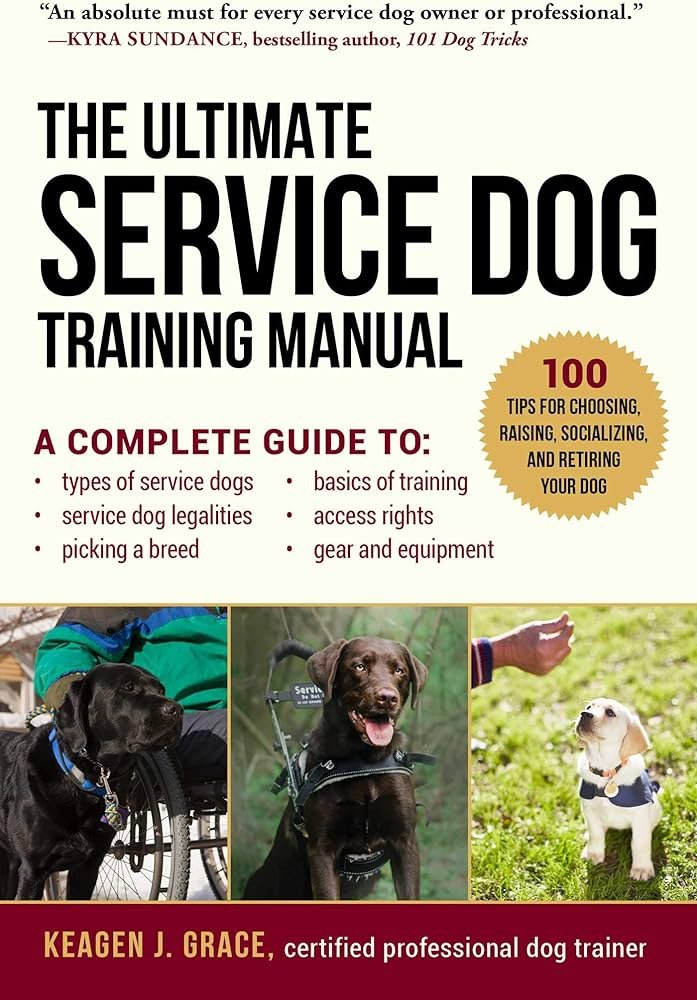
Choosing the right dog breed
Choosing the right dog breed is the first step in training a service dog. Certain breeds are naturally more suited to be service dogs due to their temperament, intelligence, and physical abilities. It’s important to find a breed that matches the specific needs of the individual who will be paired with the service dog. Common service dog breeds include the Labrador Retriever, Golden Retriever, German Shepherd, and Poodle, but every situation is unique. Consulting with a professional trainer or organization specializing in service dogs can help you make an informed decision.
Starting early: Puppy training
The early stages of a dog’s life are crucial for setting the foundation for service dog training. It’s never too early to start training your puppy. Begin by establishing a routine and teaching basic commands like sit, stay, and come. Positive reinforcement, such as treats and praise, is an effective way to encourage desired behaviors. Socializing your puppy with other dogs and people is also important during this stage. Exposure to different environments, sounds, and experiences will help your puppy become confident and adaptable.
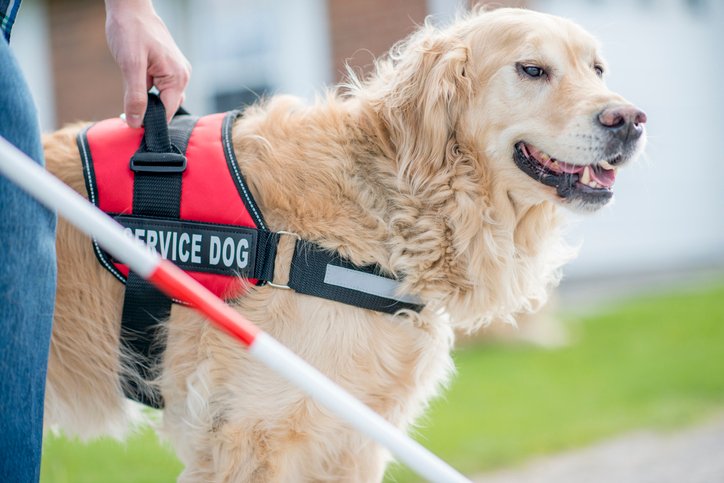
Socialization: Exposing your dog to the world
Proper socialization is essential for service dogs, as they will encounter various situations and people throughout their work. Expose your dog to different environments, such as parks, shopping centers, and public transportation, to help them become comfortable in various settings. Introduce your dog to different types of people, including children, seniors, and individuals with disabilities, to ensure they are friendly and confident around everyone they may encounter.
Basic obedience training
Basic obedience training lays the groundwork for a well-behaved service dog. Teach your dog commands such as sit, stay, down, and leave it. These commands will not only help you control your dog’s behavior but also keep them safe in various situations. Consistency is key when training a service dog, so make sure to practice commands regularly and reinforce good behavior with positive reinforcement. Gradually increase the level of difficulty by training in different environments and around distractions.
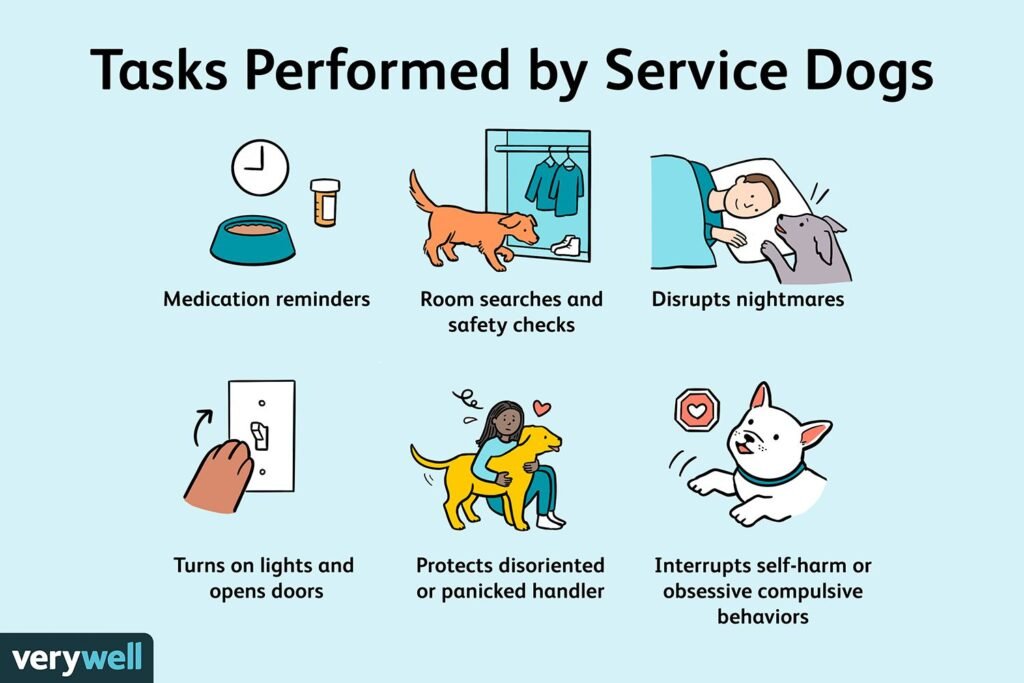
Specific task training
Service dogs are trained to perform specific tasks that assist individuals with disabilities in their daily lives. This may include tasks such as opening doors, retrieving items, turning lights on and off, or providing mobility support. Work with a professional trainer or organization specializing in service dogs to develop a personalized training plan based on the individual’s needs. Break down each task into smaller steps and use positive reinforcement to reinforce desired behaviors.
Public access training
Public access training is crucial for service dogs to navigate various public spaces with confidence and professionalism. Service dogs must be able to remain calm and focused in crowded places, ignore distractions, and follow commands given by their handler. Practice taking your service dog to different public locations, such as stores, restaurants, and public transportation, to expose them to real-world scenarios. It’s important to uphold the laws and regulations regarding service dogs, including proper identification and behavior expectations.
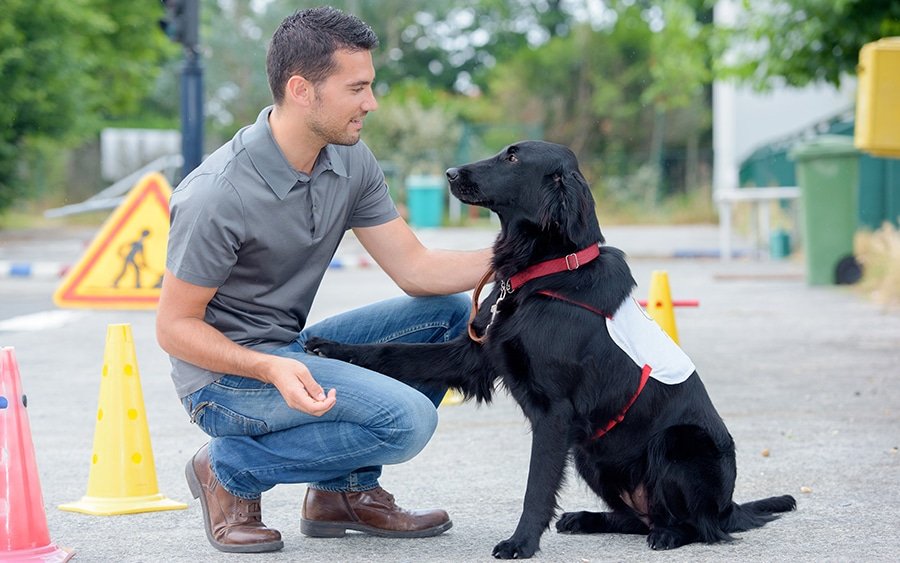
Problem-solving: Training for real-life situations
Training for real-life situations is an important aspect of service dog training. Dogs must be versatile and able to handle unexpected challenges that may arise in their work. Set up scenarios that simulate real-life situations and practice appropriate responses with your service dog. This can include navigating crowded areas, encountering loud noises, or assisting with emergency situations. Be patient and persistent in training, as it may take time for your dog to fully grasp complex tasks and problem-solving skills.
Handler training: Building a strong partnership
Service dog training is a two-way street, and building a strong partnership between the dog and the handler is crucial for success. Handlers must learn to effectively communicate with their service dog, understand their needs, and provide clear direction. It’s important to establish trust and create a positive working environment for both the handler and the dog. Regular training sessions, bonding activities, and consistent reinforcement of desired behaviors are essential to strengthen the bond between the handler and the service dog.
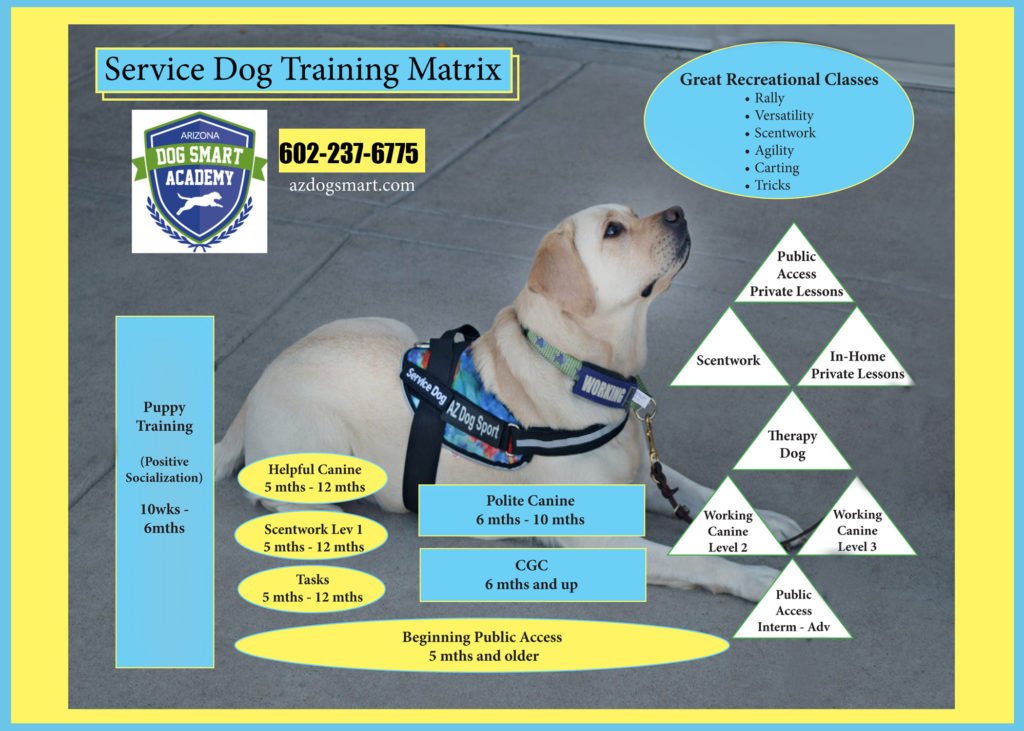
Continued training and maintenance
Training a service dog is an ongoing process. Even after the initial training period, it is important to continue reinforcing training commands and behaviors on a regular basis. Brush up on basic obedience commands, practice specific tasks, and continue exposing your service dog to various environments and situations. Regular training sessions and maintenance exercises will help keep your service dog’s skills sharp and ensure they are always prepared to assist their handler.
Certification process and legal rights
Once your service dog has completed their training, you may choose to pursue certification to validate their skills and abilities. Certification requirements vary by organization and jurisdiction, but they typically involve an evaluation of the dog’s obedience, task performance, and public access skills. Certification provides recognition and legal protections for the service dog and their handler, such as access to public spaces and housing accommodations. Familiarize yourself with the laws and regulations regarding service dogs in your area to understand your rights and obligations as a service dog handler.
By following these basics of training a service dog, you can develop a reliable and highly skilled assistance animal. Remember to always consult with professionals and organizations specializing in service dog training for guidance and support throughout the process. With patience, dedication, and a strong partnership, you and your service dog can make a positive impact on the lives of those in need.



